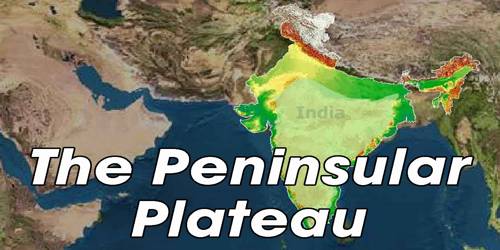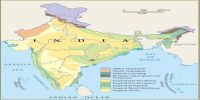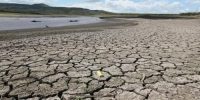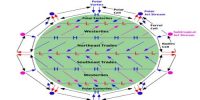The Northeastern Plateau of Peninsular Plateau
The Peninsular plateau is a tableland. It is composed of the old crystalline, igneous and metamorphic rocks. Rising from the height of 150 m above the river plains up to an elevation of 600-900 m is the irregular triangle known as the peninsular plateau.
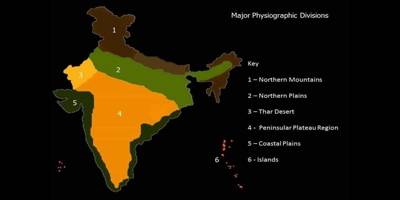
In fact, Northeastern Plateau is an extension of the main Peninsular plateau. It is believed that due to the force exerted by the northeastward movement of the Indian plate at the time of the Himalayan origin, a huge fault was created between the Rajmahal hills and the Meghalaya plateau. Later, this depression got filled up by the deposition activity of the numerous rivers. Today, the Meghalaya and Karbi Anglong plateau stand detached from the main Peninsular Block. The Meghalaya plateau is further sub-divided into three:
(i) The Garo Hills;
(ii) The Khasi Hills;
(iii) The Jaintia Hills, named after the tribal groups inhabiting this region.
An extension of this is also seen in the Karbi Anglong hills of Assam. Similar to the Chotanagpur plateau, the Meghalaya plateau is also rich in mineral resources like coal, iron ore, sillimanite, limestone, and uranium. This area receives maximum rainfall from the south-west monsoon. As a result, the Meghalaya plateau has a highly eroded surface. Cherrapunji displays a bare rocky surface devoid of any permanent vegetation cover.
